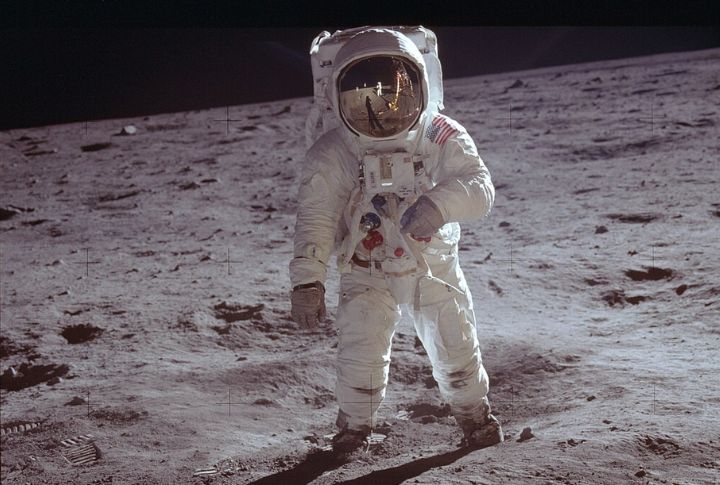
Space exploration altered our perception of the world, allowing us to view Earth from a place beyond imagination. These astronauts turned bold dreams into extraordinary reality. Their missions advanced science and also marked pivotal moments in human history. Let’s explore the pioneers who made space exploration what it is today.
Yuri Gagarin
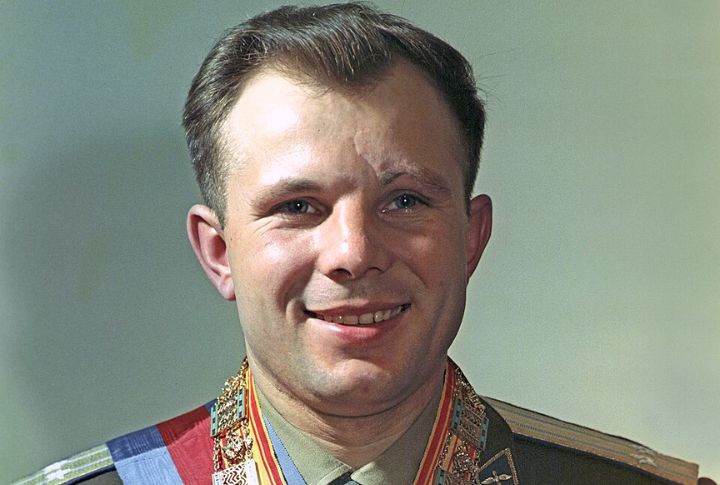
Climbing into his Vostok 1 capsule, Yuri Gagarin didn’t know if he’d survive re-entry, but he became the first human to orbit Earth. As a Soviet pilot turned space legend, Gagarin’s flight on April 12, 1961, stunned the world and ignited American urgency for galaxy dominance.
John Glenn
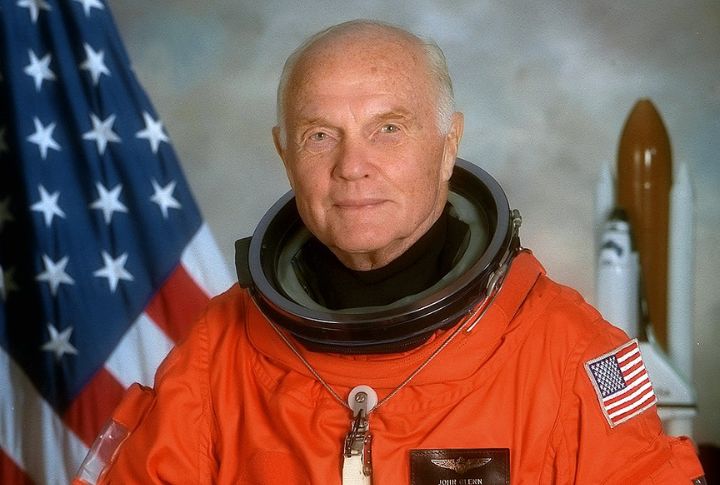
Rarely does one person carry a nation’s pride on their shoulders, quite like John Glenn. In 1962, his orbital journey aboard Friendship 7 turned uncertainty into achievement, making him the first American to orbit Earth. His flight was watched and celebrated across every U.S. home.
Valentina Tereshkova

Piloting Vostok 6 in 1963, Valentina Tereshkova became the first woman in space. Before liftoff, she was a textile worker and parachutist; in orbit, she became a global symbol of strength. Her endurance across three days in space continues to inspire generations beyond geopolitical lines.
Neil Armstrong

Landing on the Moon defined more than a mission; it defined an era. Neil Armstrong’s cautious steps onto lunar soil during Apollo 11 in 1969 echoed in every school, home, and headline. “That’s one small step…” was not just poetic; it was the punctuation of global wonder.
Alan Shepard
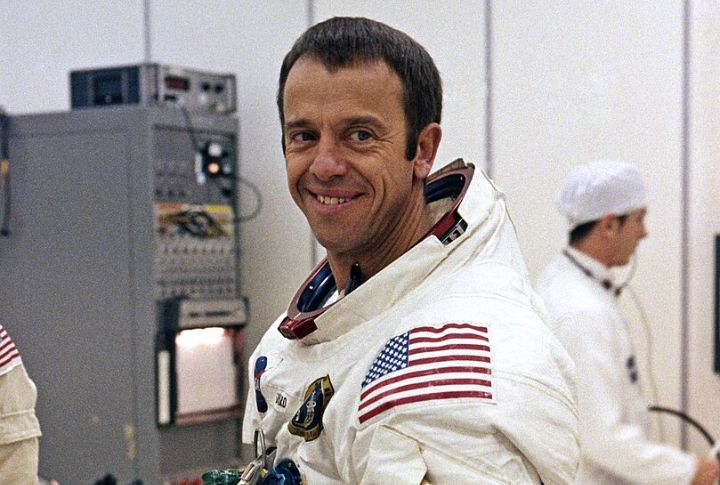
On May 5, 1961, Alan Shepard made history as the first American in space, soaring aboard Freedom 7 and carrying the nation’s aspirations during his 15-minute suborbital flight. Though brief, his success proved the U.S. had entered the race with determination and grit.
Buzz Aldrin
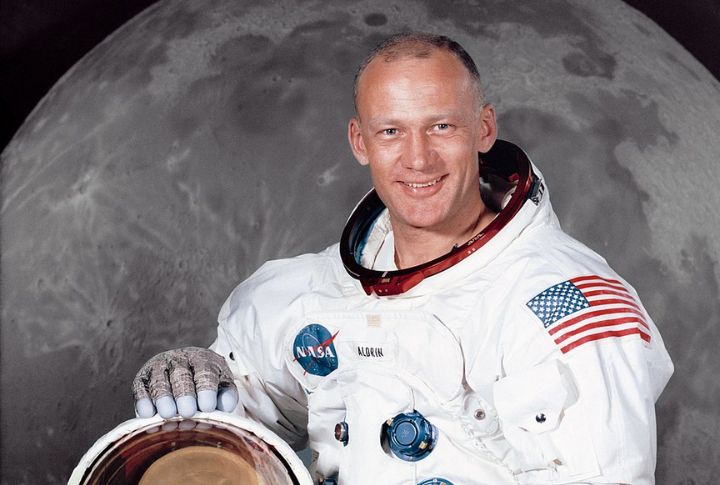
Surprising many with his deep engineering knowledge and strategic thinking, Buzz Aldrin was Apollo 11’s second man on the Moon, and he redefined teamwork. While Armstrong took that iconic step, Aldrin was the reason everything operated smoothly, ensuring their return was just as historic.
Alexei Leonov
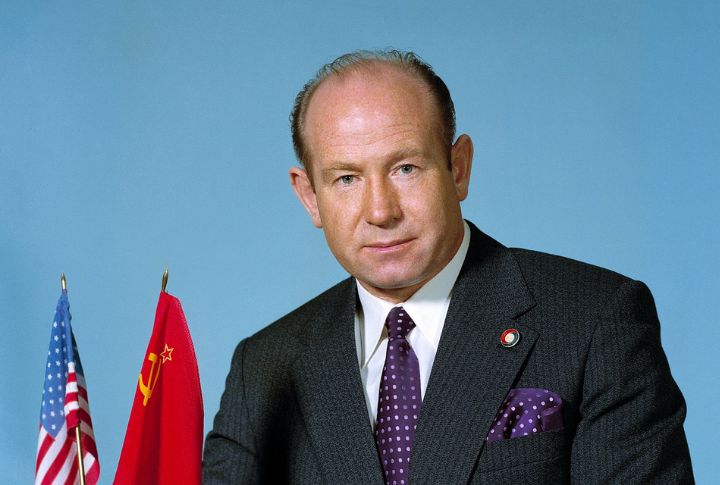
Why would anyone willingly exit a spaceship into the vacuum of the universe? Alexei Leonov did just that in 1965, drifting outside his Voskhod 2 spacecraft tethered only by a cord. That first spacewalk almost killed him, yet his bravery stretched humanity’s reach further than ever before.
Michael Collins

Orbiting alone while his crewmates walked the Moon, Michael Collins kept the Apollo 11 command module ready for their return. Though out of the spotlight, his mission discipline held the entire operation together. His solitude above the lunar surface was its own quiet triumph.
Gherman Titov
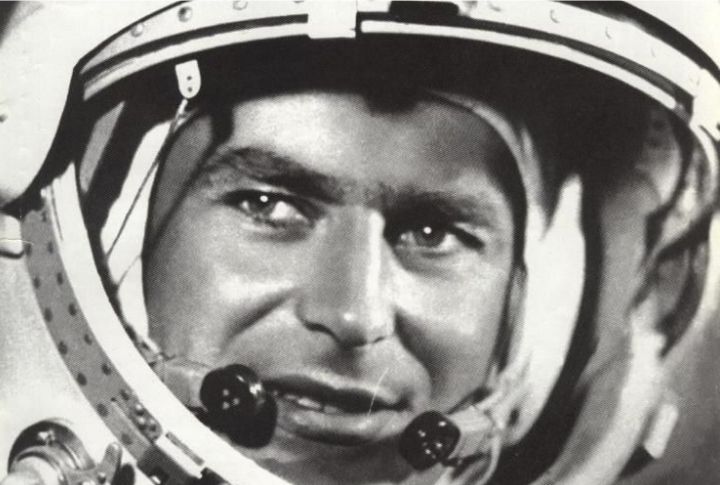
Aboard Vostok 2 in 1961, Gherman Titov became the youngest person ever in space at just 25. His full-day mission was the first to capture detailed Earth photos and test long-term weightlessness. Titov even fell asleep mid-orbit, proving humans could survive more than fleeting space hops.
Sally Ride

Sally Ride made history in 1983 as the first American woman in space. Aboard Challenger, she helped launch satellites, conducted experiments, and brought fresh urgency to science education. Could your next science teacher inspire you as profoundly as Sally Ride did?

